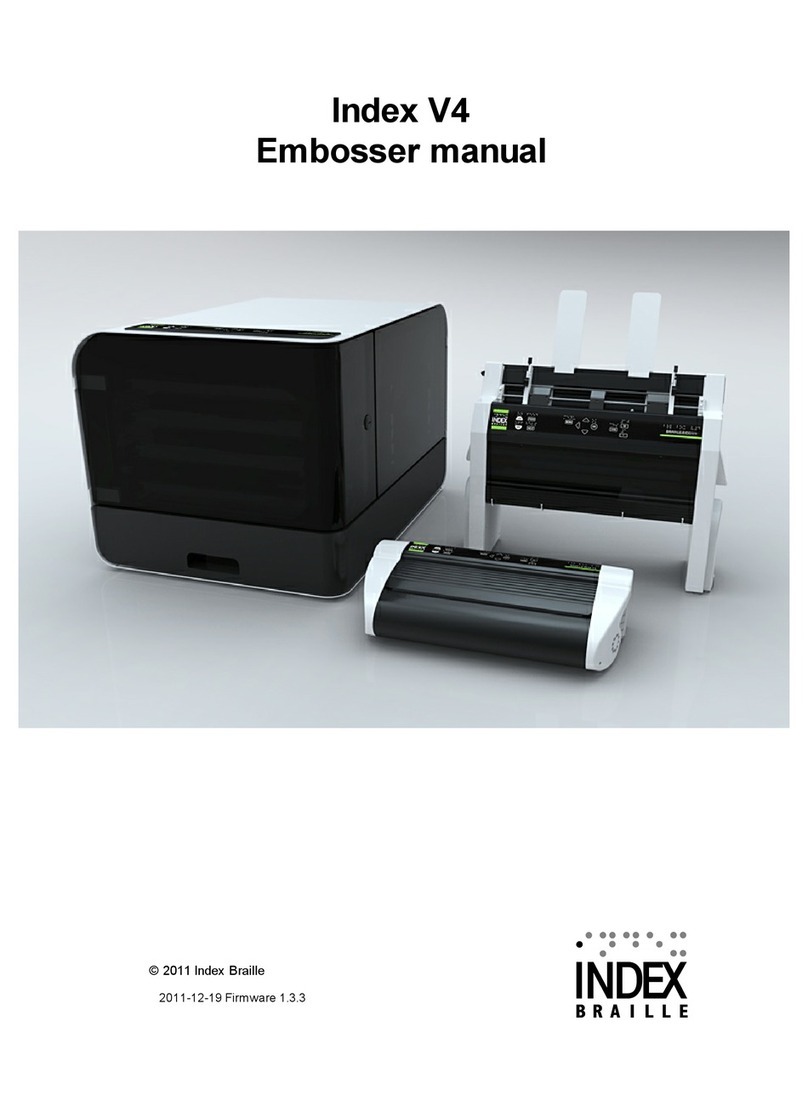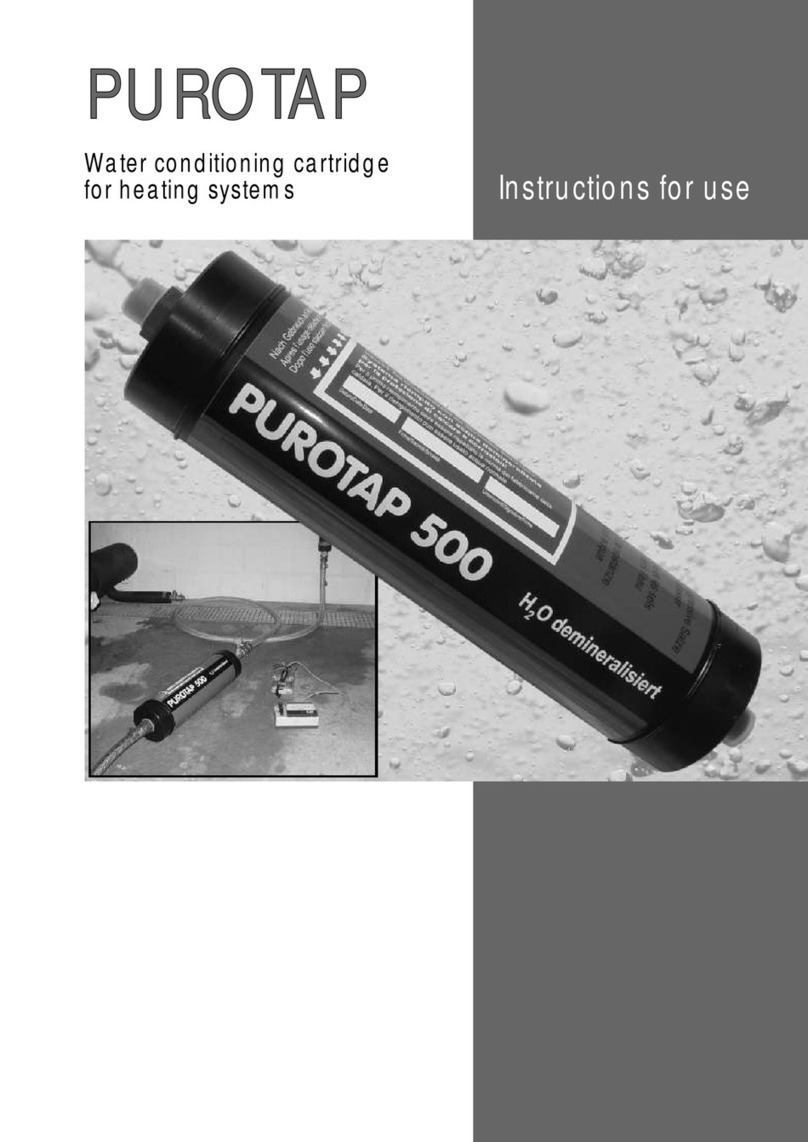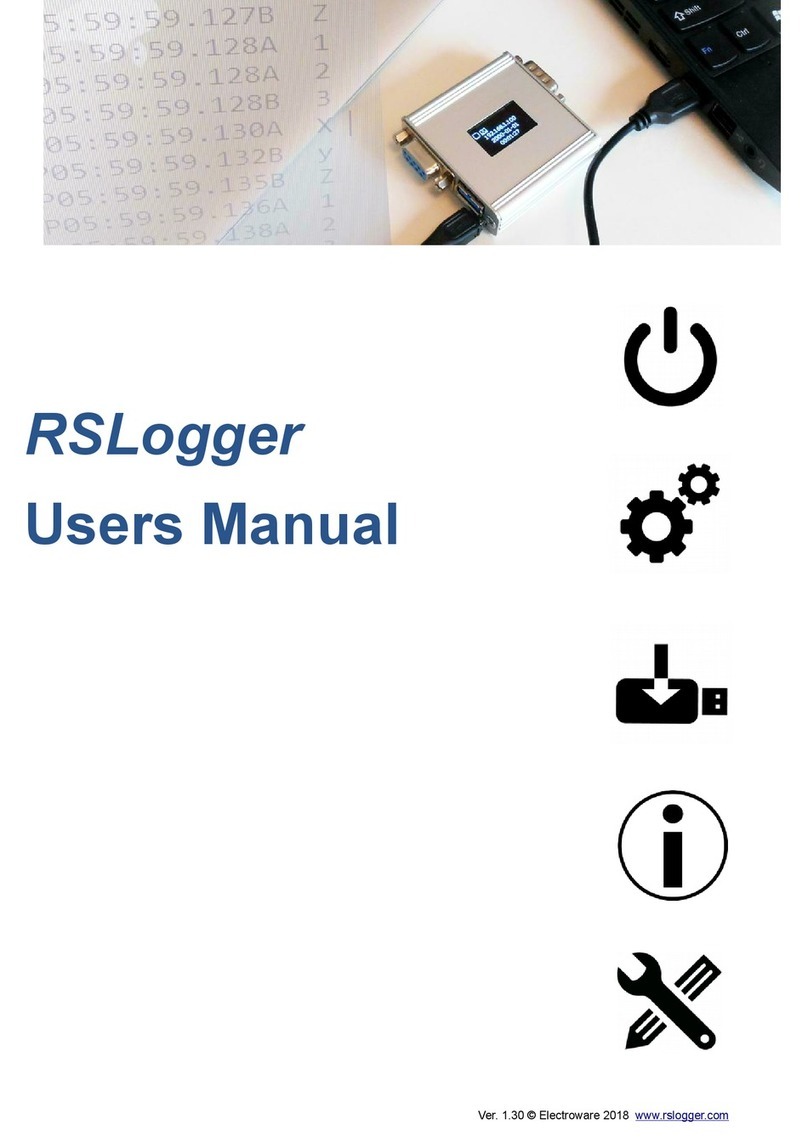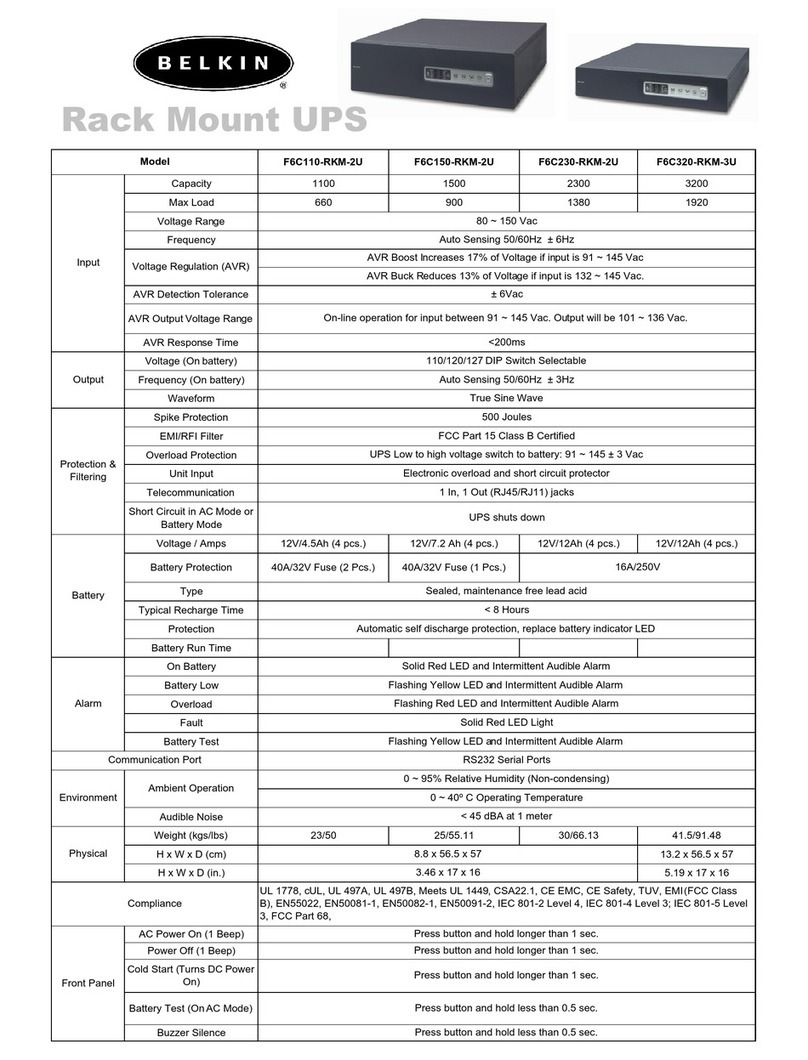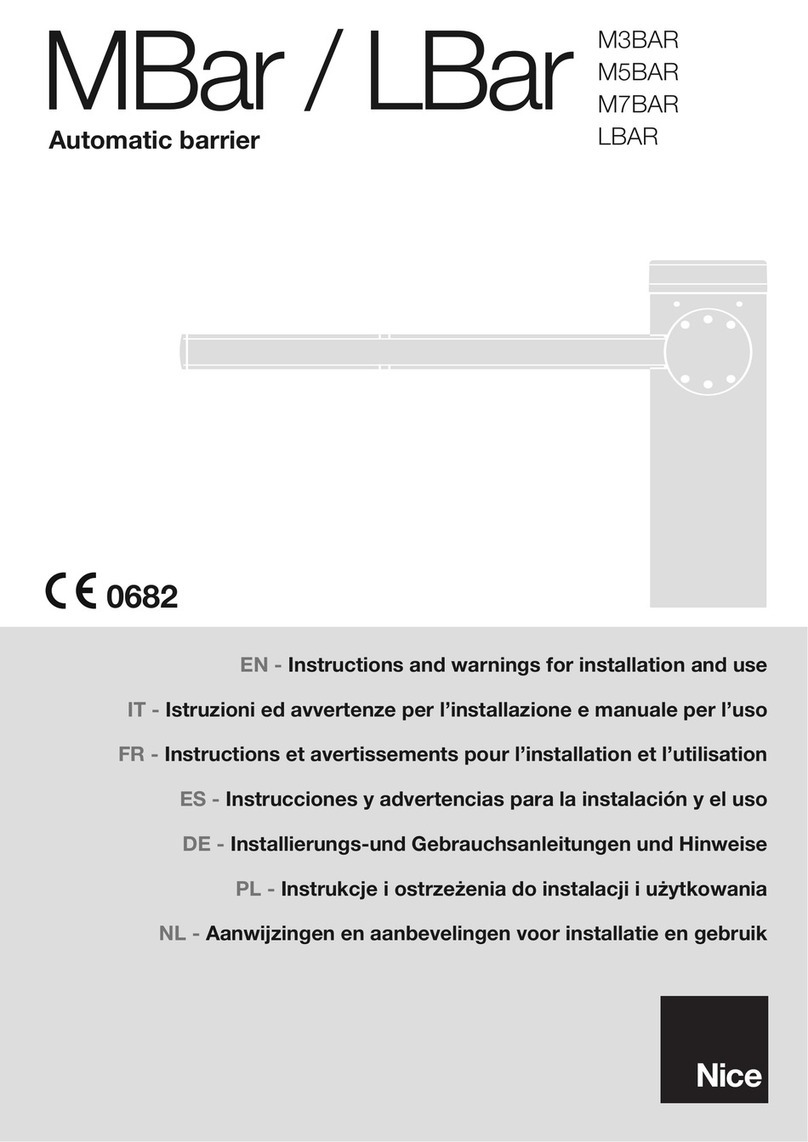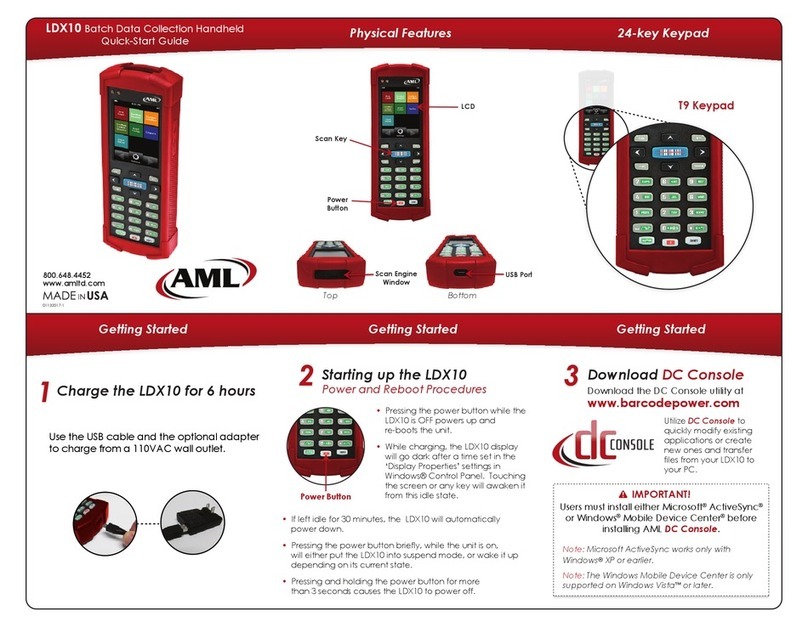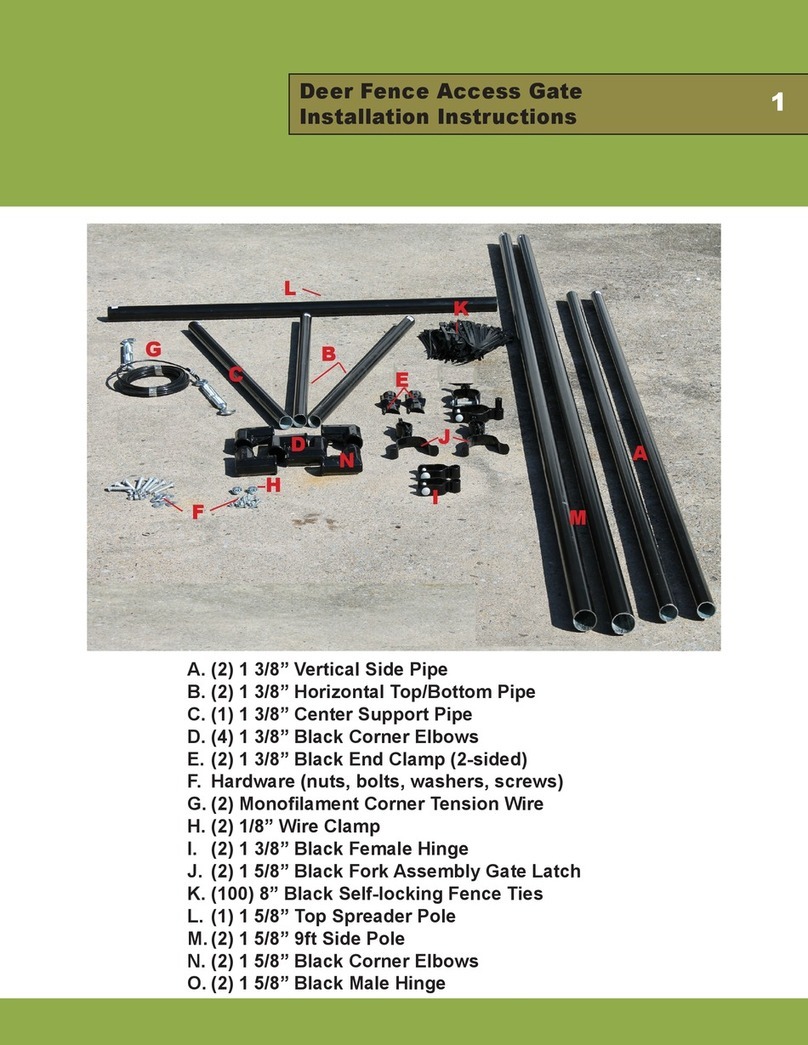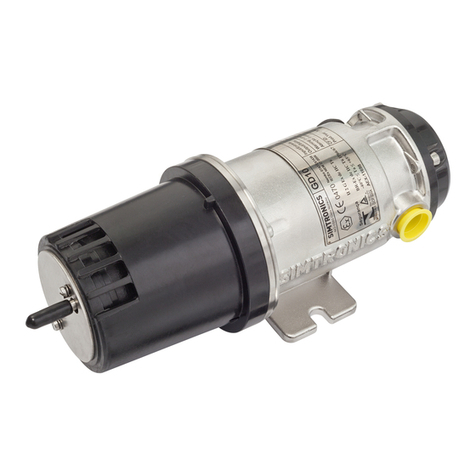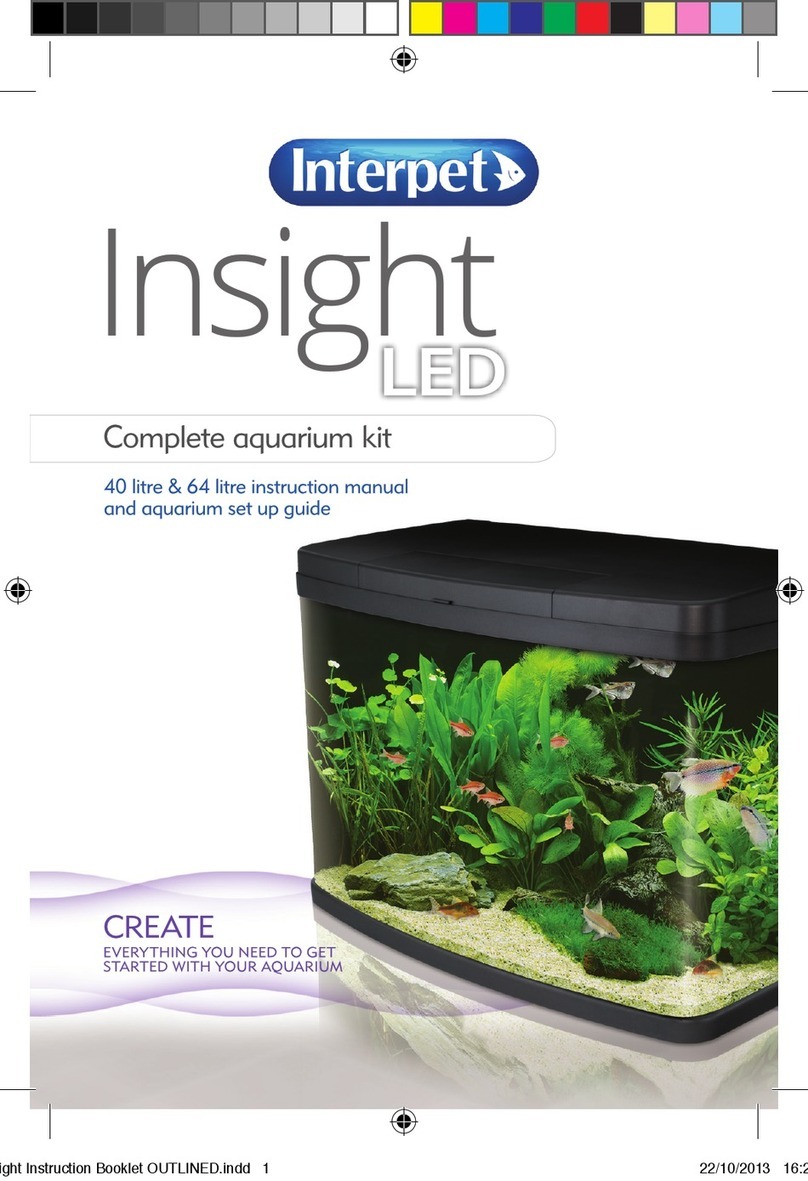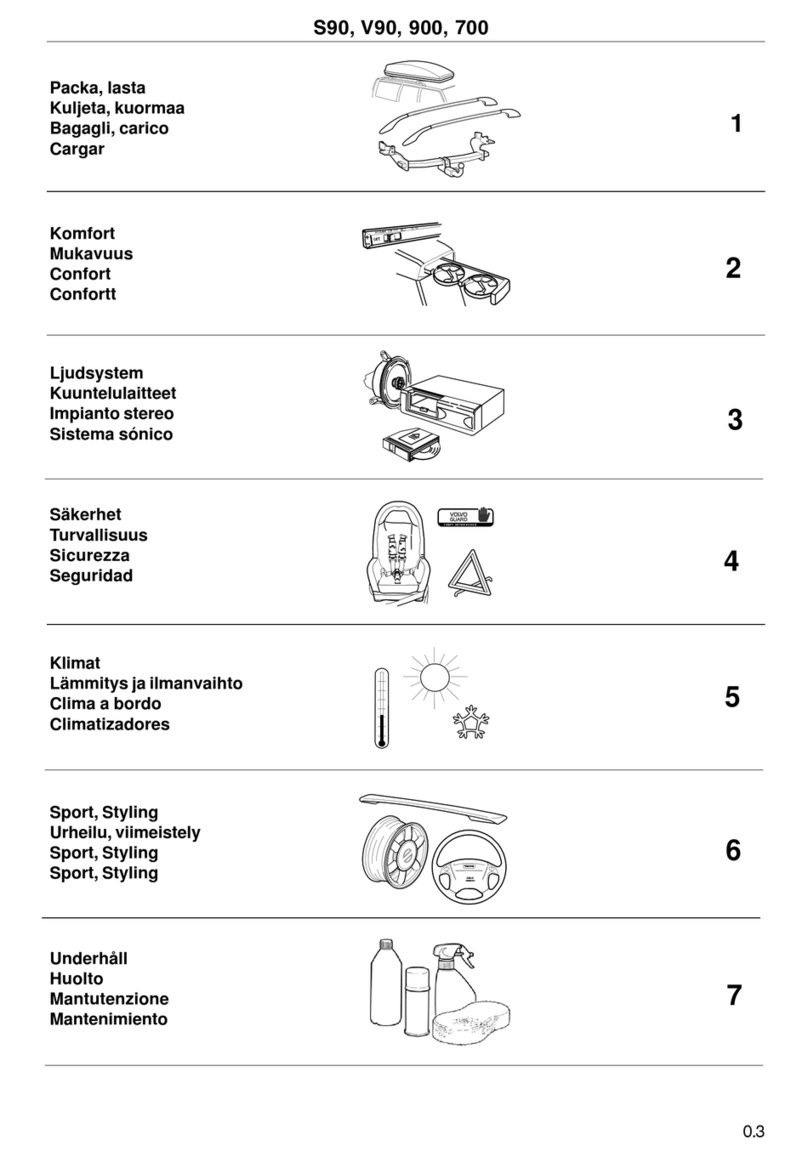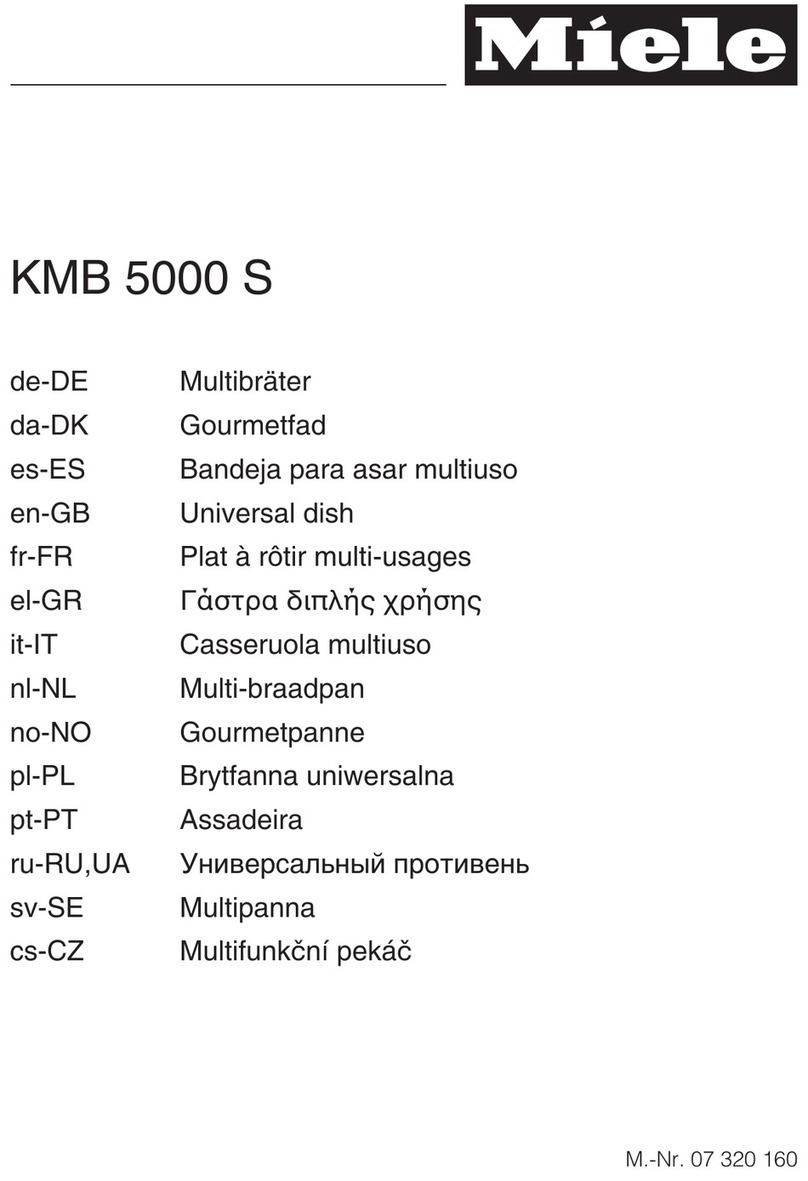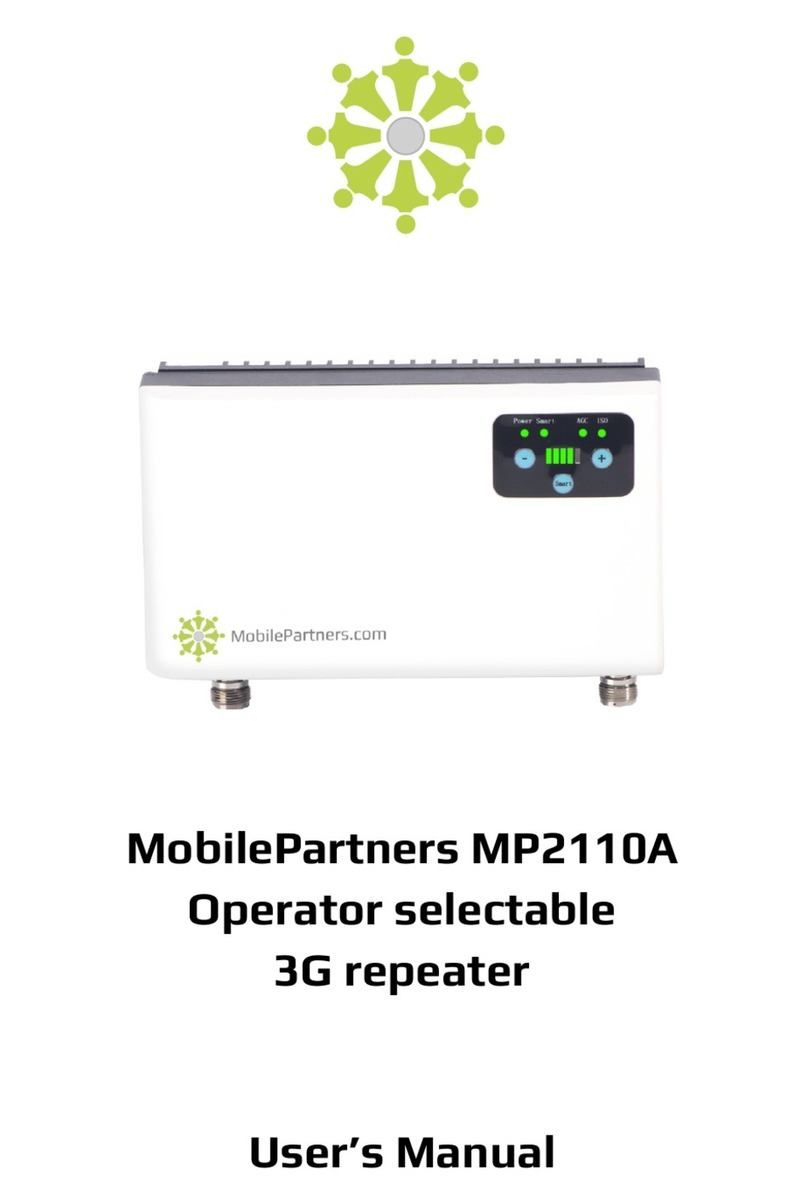Battery Tender Deltran Battery Tender 12V 800 Milliamp User manual

1
12 Volt Models: 800 Milliamp and 1.25 Amp
IMPORTANT SAFETY INSTRUCTIONS
SAVE THESE INSTRUCTIONS: This manual contains
important safety and operating instructions for the WATERPROOF
DELTRAN BATTERY TENDER®, 12 Volt 800 Milliamp and 12 Volt
1.25 Amp International Battery Chargers. CAREFULLY READ THESE
INSTRUCTIONS BEFORE USING THE BATTERY CHARGER.
WARNING AND CAUTION LABEL DEFINITIONS:
WARNING
WARNING indicates a potentially hazardous situation, which, if
not avoided, could result in serious injury or death.
CAUTION
CAUTION indicates a potentially hazardous situation, which, if not
avoided, may result in minor or moderate injury.
CAUTION
CAUTION used without the safety alert symbol indicates a
potentially hazardous situation that if not avoided, may result in
property damage.
GENERAL PRECAUTIONS
WARNING
Battery posts, terminals and related accessories contain lead and
lead components, chemicals known to the State of California to
cause cancer and birth defects or other reproductive harm.
Always wash your hands after handling these devices.
WARNING
Do not operate the battery charger with damaged AC power cords
or plugs or DC output cords or accessories - Replace accessories
immediately. Since neither the AC power cord nor the DC output
cord can be replaced, if either cord is damaged the battery
charger should be scrapped.
Deltran Battery Tender
WATERPROOF
International Battery Chargers
2
CAUTION
WORKING WITH LEAD ACID BATTERIES AND BATTERY CHARGERS:
All lead acid batteries have the potential to emit gasses that may combine into
a combustible or explosive mixture. In many cases, it is possible that lead acid
batteries will emit these gasses during normal discharge and charging
operations. Because of this potential danger, it is important that you follow the
precautions recommended by both the battery and battery charger
manufacturers before using either one.
USING MANUALS: Study all of the battery manufacturer's precautions and
specific recommendations for safe operation such as not removing cell caps
while charging and the recommended rates of charge (charger output current).
CAUTION
CHARGER LOCATION: LOCATE the charger as far away from the battery as
is allowed by the length of the output cable harness. NEVER set the charger
above the battery. NEVER set the charger on a surface constructed from
combustible material.
CHARGER VOLTAGE COMPATIBILITY: NEVER use a battery charger
unless the battery voltage matches the output voltage rating of the charger.
For example, do not use a 12-volt charger with a 6-volt battery and vice-versa.
EXCESSIVE MOISTURE: The charger body and power cords are fully
waterproof. However, do not expose the AC and DC electrical connections at
the ends of the power cords to rain or snow.
CHARGER ATTACHMENTS: Do not use attachments that are not
recommended or sold by Deltran or its affiliates. To do otherwise may result in
the risk of electric shock, fire, or possibly some other unforeseen potential
personal injury situations.
HANDLING POWER CORDS: When handling electric power cords, always
pull by the plug rather than by the cord. This will reduce the risk of damage to
both the plug and cord, and it will minimize the likelihood of electric shock
resulting from that damage.
LOCATION OF POWER CORDS: Make sure all electric power cords are
located so that they cannot be stepped on, tripped over, or otherwise
subjected to damage or stress.
MONITORING SEALED & NON-SEALED BATTERIES: When leaving a
battery charger connected to either a sealed (AGM or GEL) or non-sealed
(flooded battery) for extended periods of time (weeks, months, etc.),
periodically check the battery to see if it is unusually warm. This is an
indication that the battery may have a weak cell and that it could go into a
thermal runaway condition. If the battery releases an excessive amount of gas
or if the battery gets hotter than 130°F (55°C) during charging, disconnect the
charger and allow the battery to cool. Overheating may result in plate
distortion, internal shorting, drying out or other damage. For flooded batteries,
also check individual cell fluid levels against manufacturer's recommendations
for safe operation.

3
WARNING
ELECTRIC SPARK & OPEN FLAME: NEVER smoke or allow a source of
electric spark or open flame in the vicinity of the battery or engine. (For
example: Don't charge the battery next to a gas water heater.)
VENTILATION: Do not operate the charger where ventilation is restricted.
The intent here is to allow sufficient airflow to minimize and dissipate the heat
generated by the charger and to diffuse the gasses that may be emitted by the
battery.
CHARGER MAINTENANCE: NEVER disassemble the charger or attempt to
do internal repairs. Take it to a qualified service technician. Assembling the
charger incorrectly may result in the risk of electric shock or create a fire
hazard.
WARNING
EXTENSION CORDS: An extension cord should not be used unless
absolutely necessary. Using improper extension cord could result in a risk of
fire and electric shock. If extension cord must be used, make sure that:
The pins on the extension cord plug have the same number, size, and
shape as those of the AC power cord plug on the charger;
The extension cord is properly wired and is in good electrical condition;
and
The wire size is as specified in Table 1 below.
TABLE 1: EXTENSION CORD
LENGTH & MINIMUM SAFE CONDUCTOR SIZE
Note: The smaller the AWG number, the larger the conductor diameter.
Length of Cord (feet) 6 to 100 101 to150
Length of Cord (meters) 1.8 to 30.5 30.8 to 45.6
Size of Conductor (AWG) 18 16
Conductor Diameter (mm) 1.25 1.5
PERSONAL PRECAUTIONS
WARNING
WHEN YOU WORK NEAR LEAD-ACID BATTERIES:
1. Someone should be within range of your voice or close enough to come to
your aid if you have an accident;
2. Have plenty of fresh water and soap nearby in case battery acid contacts
skin, clothing, or eyes;
3. Wear complete eye protection and protective clothing. Avoid touching your
eyes while working near a battery. If battery acid contacts your skin or
clothing, wash immediately with soap and water. If acid enters an eye,
immediately flood the eye with running cold water for at least 10 minutes
and get medical attention as soon as possible;
4. Be extra cautious when handling metal tools around a battery. If you drop
4
a metal tool near a battery it might spark or create a short circuit between
the battery terminals and some other metal part. Either event may cause
a dangerous electrical shock hazard, a fire, or even an explosion;
5. Remove all personal metal items such as rings, bracelets, necklaces, and
watches when working with a lead-acid battery. A lead-acid battery can
produce a short-circuited current high enough to weld a metal ring or other
piece of jewelry, causing a severe burn;
6. Use the Waterproof Deltran Battery TenderInternational Battery
Chargers for charging lead-acid batteries only. They are not intended to
supply power to an extra low-voltage electrical system or to charge dry-cell
batteries. Charging dry-cell batteries may cause them to burst and cause
injury to persons and damage to property;
INFORMATION NOTE ABOUT DRY-CELL BATTERIES:
There are some wet, non-spillable, lead acid batteries on the market whose
manufacturers' make the claim that they are dry-cell batteries. These batteries
are sealed, gas-recombinant, starved electrolyte, possibly with AGM
(Absorbed Glass Mat) type construction. It is perfectly safe to use the
WATERPROOF DELTRAN BATTERY TENDER® INTERNATIONAL
BATTERY CHARGERS to charge these types of batteries. The dry-cell
battery warning is intended for non-rechargeable, alkaline and other similar
types of batteries. If you have any doubt about the type of battery that you
have, please contact the battery manufacturer before attempting to charge the
battery.
7. NEVER charge a visibly damaged or frozen battery.
PREPARING TO CHARGE: First, follow all General &
Personal Precautions as previously explained, and then
continue.
WARNING
IF THE BATTERY MUST BE REMOVED FROM THE VEHICLE:
1. To avoid an electric arc (or spark), turn off or disconnect all of the
accessories in the vehicle. Then always remove the cable that is
connected to grounded terminal from battery first;
2. If necessary, clean the battery terminals. Be careful to keep the corrosion
and other debris from coming in contact with your eyes;
3. If the battery is not a sealed battery, then if necessary, add distilled water
to each cell until the battery acid solution reaches the level specified by
battery manufacturer. Do not overfill;
4. Before inserting the charger AC power plug into the electrical outlet, check
the polarity of the battery posts, and attach at least a 24 inch long 6 (AWG)
insulated, battery extension cable to the negative battery post. Then
connect the appropriate charger DC output connectors to the battery and
the extension cable, positive to positive and negative to negative. Never
allow the alligator clips or terminal rings to touch each other after they are
connected to the battery charger.
5. Connect the AC power plug to the electrical outlet.

5
WARNING
IF THE BATTERY REMAINS INSTALLED IN THE VEHICLE:
1. DO NOT CONNECT THE CHARGER AC POWER PLUG TO THE
ELECTRICAL OUTLET UNTIL ALL OTHER CONNECTIONS ARE MADE!
2. Place both the AC and DC power cords in the best position to avoid
accidental damage by movable vehicle parts, i.e. hoods, doors, or moving
engine parts (fan blades, belts, or pulleys).
3. Check the polarity of the battery posts. If the positive (pos, p, +) post is
connected to the vehicle chassis, then the vehicle has a positive ground
system. If the negative (neg, n, -) post is connected to the vehicle chassis,
then the vehicle has a negative ground system. Negative ground systems
are the most common.
4. For negative ground systems, connect the positive (red) alligator clip, or
ring terminal to the positive battery post. Then connect the negative
(black) alligator clip, or ring terminal to the vehicle chassis. Do not make
the negative charger clip or ring connection to the carburetor, fuel lines, or
thin, sheet metal parts. Make that connection to the engine block or a
heavy gauge metal part of the frame.
5. For positive ground systems, connect the negative (black) alligator clip, or
ring terminal to the negative battery post. Then connect the positive (red)
alligator clip, or ring terminal to the vehicle chassis. Do not make the
positive charger clip or ring connection to the carburetor, fuel lines, or thin,
sheet metal parts. Make that connection to the engine block or a heavy
gauge metal part of the frame.
6. Connect the AC power plug to the electrical outlet.
ADDITIONAL CHARGER INFORMATION
AUTOMATIC CHARGING AND BATTERY STATUS
MONITORING: The WATERPROOF DELTRAN BATTERY TENDER®
International Battery Chargers are completely automatic and may be left
connected to both AC power and to the battery that it is charging for long
periods of time. However, it is prudent to periodically check both the battery
and the charger for normal operation during these extended charging periods.
The charger output power, voltage, and current all depend on the condition of
the battery that is being charged. Both WATERPROOF DELTRAN BATTERY
TENDER® International Battery Chargers have 2 status lights (one amber, and
one green) that indicate the operating mode of the charger, and the condition
of the battery that is connected to the charger.
The charger operates in one of the 3 primary charge modes: the bulk mode
(full charge power, constant current, increasing battery voltage, battery is 0%
to 75% or 80% charged), the absorption mode (high constant voltage,
decreasing current, battery is 75% to 100% charged), or the storage/float
maintenance mode (low constant voltage, minimal charge current, battery is
100% to 103% charged).
When the battery is fully charged, the green status indicator light will turn on
and the charger will switch to a storage/maintenance charge mode. Both
WATERPROOF DELTRAN BATTERY TENDER® International Battery
Chargers will automatically monitor and maintain the battery at full charge.
6
SPECIAL FEATURES: The WATERPROOF DELTRAN BATTERY
TENDER® International Battery Chargers have the following special features:
SPARKPROOF: The battery charger DC output leads, either ring
terminals or alligator clips must be connected to a battery before an output
voltage is developed by the battery charger.
SHORT CIRCUIT PROTECTION: The battery charger can sustain a
short circuit connection directly across its DC output terminals indefinitely
without any risk of either electric shock or excessive heat.
REVERSE POLARITY PROTECTION: The battery charger is
protected internally against any damage due to the DC output leads being
connected to the opposite polarity battery post. No damage will result to either
the battery or the battery charger.
TIME REQUIRED TO CHARGE A BATTERY:
The WATERPROOF DELTRAN BATTERY TENDER® International Battery
Chargers charge at a rate of either 0.8 Amps (0.8 Amp-Hours per hour) or 1.25
Amps (1.25 Amp-Hours per hour). Therefore, a fully discharged 15 Amp-Hour
battery will take approximately 15 hours or 9.6 hours respectively, to recharge
to 80% capacity. Some large automotive or marine, deep cycle type batteries
may take several days to fully recharge.
WORKING WITH A DEAD BATTERY OR A BATTERY WITH A VERY
LOW VOLTAGE:
If you try to charge a dead battery having a voltage below 3 Volts, the
WATERPROOF DELTRAN BATTERY TENDER® International Battery
Chargers will not start to charge because an internal safety circuit prevents the
battery chargers from generating any DC output voltage.
NOTE:
If a 12 Volt, Lead-Acid battery has an output voltage of less than 9 volts when
it is at rest, when it is neither being charged nor supplying electrical current to
an external load, there is a good chance that the battery is defective. As a
frame of reference, a fully charged 12-Volt, Lead-Acid battery will have a rest-
state, no-load voltage of approximately 12.9 volts. A fully discharged 12-Volt,
Lead-Acid battery will have a rest-state, no-load voltage of approximately 11.4
volts. That means that a voltage change of only 1.5 volts represents the full
range of charge 0% to 100% on a 12-Volt, Lead-Acid battery. Depending on
the manufacturer, and the age of the battery, the specific voltages will vary by
a few tenths of a volt, but the 1.5-volt range will still be a good indicator of the
battery charge %.
STATUS INDICATOR LIGHTS: The following describes the
indicator light operation:
NEITHER THE AMBER OR GREEN LIGHT TURN ON (Both models) –
This is an abnormal condition and most likely indicates that the charger is
not properly connected to the AC power.
AMBER LIGHT FLASHING (1.25A only) – The amber light flashing
indicates that the battery charger has AC power available and that the
microprocessor is functioning properly. If the amber light continues to
flash, then either the battery voltage is too low (less than 3 volts) or the
output alligator clips or accessory ring terminals are not connected
correctly.

7
AMBER LIGHT ON STEADY (Both models) – Whenever the amber light
is on steady, a battery is connected properly and the charger is charging
the battery. The amber light will remain on until the charger completes the
charging stage.
GREEN LIGHT FLASHING (1.25A only) - When the green light is
flashing, and the amber light is on, the battery is greater than 80%
charged and may be removed from the charger and used if necessary.
Whenever possible, leave the battery on charge until the green light is
solid.
GREEN LIGHT ON STEADY (Both models) - When the green light stops
flashing and burns steady, the charge is complete and the battery can be
returned to service if necessary.
ALTERNATING AMBER & GREEN LIGHTS FLASHING (Both models)
– This is abnormal and most likely indicates that the battery is sulfated.
STATUS INDICATING SYMBOLS: The following symbols are located
next to the 2 status indicator lights, one amber, one green (1.25 A) or
on each side of the single status indicator light that glows either amber
or green (800 mA).
The symbol next to the AMBER light represents a partially
charged battery. The solid band across the bottom is green in
color. The background is yellow. The green area indicates the
charged portion of the battery and the yellow area represents
the uncharged portion.
The symbol next to the GREEN light represents a fully charged
battery. The entire area inside the battery outline is green.
TROUBLESHOOTING CHECK LIST:
1. NEITHER OF THE CHARGER LIGHTS TURN ON AFTER THE AC POWER
PLUG IS CONNECTED TO THE AC ELECTRICAL OUTLET: For the 1.25A
model: Check the charger AC power plug connection at the AC electrical outlet.
Verify that the AC electrical outlet is functioning properly by plugging in another
appliance or a voltmeter. For the 0.8 A model, also make sure that the charger output
is properly connected to the battery.
2. THE CHARGER GREEN LIGHT GOES ON IMMEDIATELY WHEN AC
POWER IS APPLIED TO THE CHARGER: The charger connections at the
battery may be intermittent, the battery may be defective, or the battery might already
be fully charged.
3. CHARGER IS CHARGING BUT THE GREEN LIGHT DOES NOT TURN ON
IN A REASONABLE AMOUNT OF TIME: The battery may be large and requires
more time to fully charge than originally expected, there may be another appliance
drawing electric power from the battery while it is charging, or the battery may be
defective. Also, a newly purchased battery may not be fully charged and may take
longer to charge initially.
4. THE AMBER LIGHT COMES ON AGAIN AFTER THE GREEN LIGHT
CAME ON. There may be another appliance drawing electric power from the battery
causing its voltage to drop below the reset level. The battery charger then goes back
into full charge mode. Also, the charger connections at the battery may be intermittent
or the battery may be defective.
8
SPECIFICATION SUMMARY:
Technical Specifications (0.8 Amp or 1.25 Amp Models)
Input Voltage 100 to 240 VAC
Input Frequency 50 / 60 Hz
0.275 or 0.3 Arms @ 100 VACInput Current
0.08 or 0.1 Arms @ 240 VAC
Output Current Bulk Charge 800 mADC Constant
or 1.25 ADC
Absorption Charge 14.5 VDC ConstantOutput Voltage
Maintenance Charge 13.2 VDC Constant
Input to Output 2500 VAC
Input to Chassis 2500 VAC
Electrical
Isolation
Output to Chassis 500 VAC
Operating Temperature -20 °C to +50 °C
Enclosure Protection Against
Foreign Object & Water Ingress IP67
Charger Case Dimensions:
0.8 Amp: 4.25 in (108 mm) L x 2.75 in (70 mm) W x1.5 in (38 mm) H.
1.25 Amp: 5.4 in (137 mm) L x 2.9 in (74 mm) W x1.6 in (41 mm) H.
Note: For both models, allow an additional 1 in (25.4 mm) on each
end of the length dimension for safe bend of AC and DC power cord
strain relief.
Shipping Weight:
0.8 Amp: Approx. 2.0 lbs (0.91 kg)
1.25 Amp: Approx. 2.5 lbs (1.2 kg)
WITH:
Accessories &
Retail Packaging
Acceptable Battery Cell Type, Number, and Ah Capacity
Charger Model Cell Type Number Ah Capacity
12V, 0.8 Amp Lead Acid, All
but Gel Cell 6 Cells Up to 65 Ah
12V, 1.25 Amp Lead Acid, All
but Gel Cell 6 Cells Up to 95 Ah
DELTRAN CORPORATION
801 U.S. Highway 92 East
DeLand, Florida 32724
Phone 386-736-7900 FAX 386-736-0379
www.batterytender.com
This manual suits for next models
1
Table of contents
